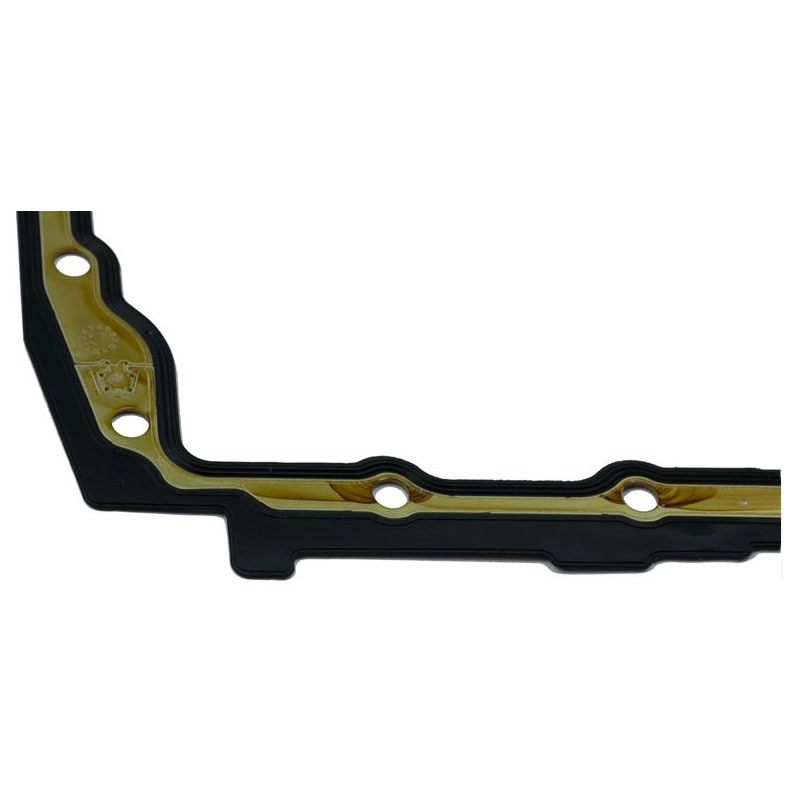KFC WASHERS


Surface finish and condition of the mating surfaces are equally critical. Any abrasions or imperfections can compromise the O-ring's ability to seal correctly. Ensuring the mating surfaces are free from contaminants and finished to the recommended surface roughness specification can drastically reduce the risk of leaks. Regular maintenance and inspection routines should focus on identifying any surface wear or potential sources of contamination, reinforcing the reliability of the seal over time. During operational life, O-ring seals are subject to dynamic forces, leading to compression set—a condition where the O-ring loses its elasticity and fails to return to its original shape. Selecting materials with excellent compression set resistance, such as HNBR, and understanding the specific loading conditions are crucial. Applying a preload or additional support structures can enhance performance, ensuring the O-ring maintains its physical properties for the intended application lifecycle. Understanding and anticipating these challenges are vital in safeguarding the integrity of O-rings. Adopting a systematic approach to design, selection, and maintenance, led by experienced professionals, ensures that O-ring seals can withstand the demands placed upon them. Continuous engagement with recent advancements in material sciences and sealing technologies can further enhance resilience, addressing industry-specific challenges more effectively. Ultimately, ensuring an O-ring's sealing capability is not a matter of simply choosing any material but involves a nuanced approach that appreciates the subtleties of the application context. Collaboration with experts, ongoing education, and rigorous testing stand as pillars of a successful O-ring sealing strategy, reflecting a commitment to precision and excellence that resonates with reliability and trustworthiness in a product-driven marketplace.
-
Simplifying Oil Changes: A Comprehensive Guide to Oil Drain Plugs and Their Variants
News Aug.04,2025
-
Mastering Oil Drain Maintenance: Solutions for Stripped, Worn, and Upgraded Oil Plugs
News Aug.04,2025
-
Fixing Oil Pan Plug Issues: Leaks, Stripped Nuts, and the Right Replacement Solutions
News Aug.04,2025
-
Everything You Need to Know About Oil Drain Plugs: Sizes, Fixes, and Upgrades
News Aug.04,2025
-
Choosing the Right Oil Drain Plug: A Guide to Sizes, Materials, and Drain Innovations
News Aug.04,2025
-
A Complete Guide to Automotive Drain Plugs: Types, Problems, and Innovative Solutions
News Aug.04,2025
-
The Ultimate Guide to Car Repair Kits: Tools and Essentials Every Driver Should Own
News Aug.01,2025
Products categories















